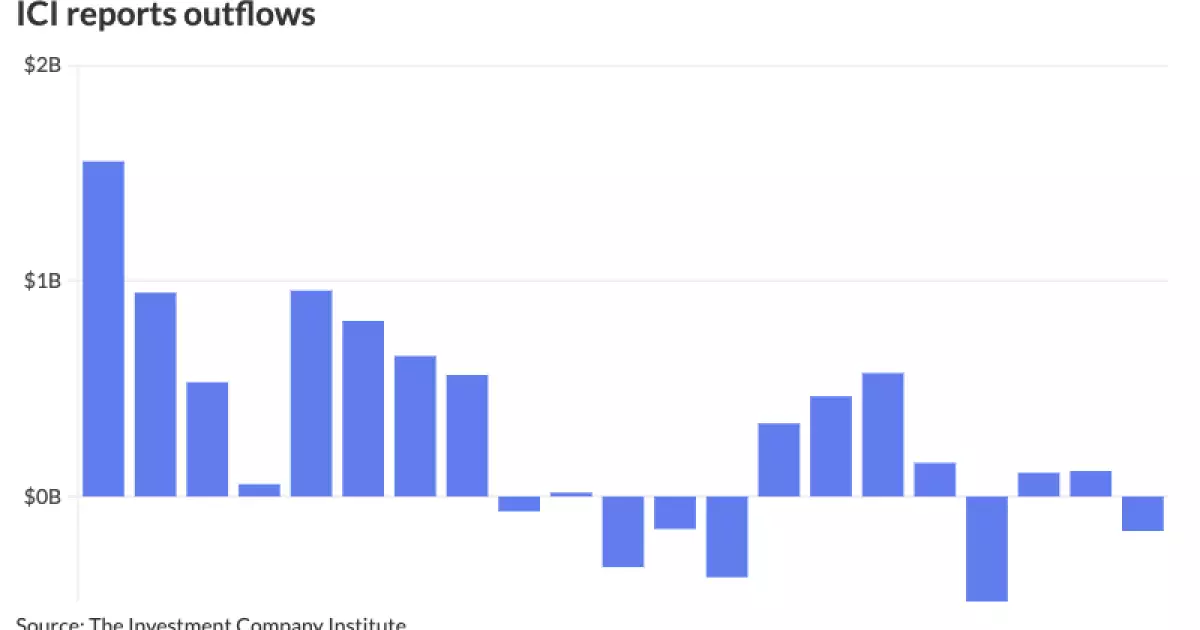As we assess the current state of the municipal bond market, it is evident that there is a certain level of firmness present. This can be attributed to the decline in U.S. Treasury yields, coupled with the mixed performance of equities. Despite these factors, the release of the Federal Open Market Committee meeting minutes highlighted the Fed’s stance on interest rates. It is clear that there is no urgency to cut rates, as officials await further evidence that inflation is headed towards their 2% target. The slower progress in reducing inflation compared to initial expectations underscores the cautious approach being taken by the Fed. The emphasis on remaining data-dependent is a key takeaway from the minutes, signaling that market participants need to be attuned to future developments.
The dynamics of the market are further influenced by the interplay between fundamental and technical factors. It is evident that the forces of municipal fundamental and technical measures are at play, potentially leading to a reconciliation against higher U.S. Treasury yields. The looming summer reinvestment cycle, coupled with the impact of upcoming events such as the Federal Open Market Committee meeting in mid-July and the November election, are expected to shape investor behavior and issuer strategies. As such, issuers are likely to engage in pre-funding transactions to address their rollover needs, taking into account prevailing interest rate conditions and market sentiment.
An analysis of yield trends across different maturities reveals certain disparities and opportunities for investors. The current yields on various municipal bonds indicate that there are above-average value propositions available, especially in relatively high-grade segments. For instance, AA-rated revenue bonds present attractive yields that offer taxable equivalent yields over 6.00%, providing investors with potentially lucrative opportunities. Furthermore, examples such as the recent issuance of Massachusetts Bay Area Transportation sales tax bonds underscore the competitive yields available in the market. The prevalence of such opportunities necessitates a discerning approach towards investment decisions, considering factors such as risk appetite and investment horizon.
Supply Dynamics and Market Outlook
Supply dynamics play a crucial role in shaping market conditions and investor sentiment. As highlighted by industry experts, the potential bifurcated nature of supply could lead to spread widening in certain segments while compressing spreads in high-tax states. Recent trades demonstrate the evolving patterns in the market, reflecting the impact of supply-demand dynamics on pricing and yield levels. The upcoming visible supply of notable bond issuances indicates a robust pipeline of deals in the near term, varying across different states and sectors. Issuers such as the Dormitory Authority of the State of New York, Harris County, and the New York City Transitional Finance Authority are set to bring substantial offerings to the market, presenting investors with a range of investment opportunities.
The current state of the municipal bond market reflects a mix of factors such as interest rate dynamics, market sentiment, yield trends, and supply dynamics. Investors are advised to closely monitor developments in these areas and adopt a prudent investment strategy that aligns with their financial objectives and risk tolerance. The evolving market conditions present both challenges and opportunities for market participants, necessitating a proactive and informed approach towards investment decision-making. By staying attuned to market trends and upcoming events, investors can navigate the complexities of the municipal bond market and position themselves effectively in the evolving landscape.

